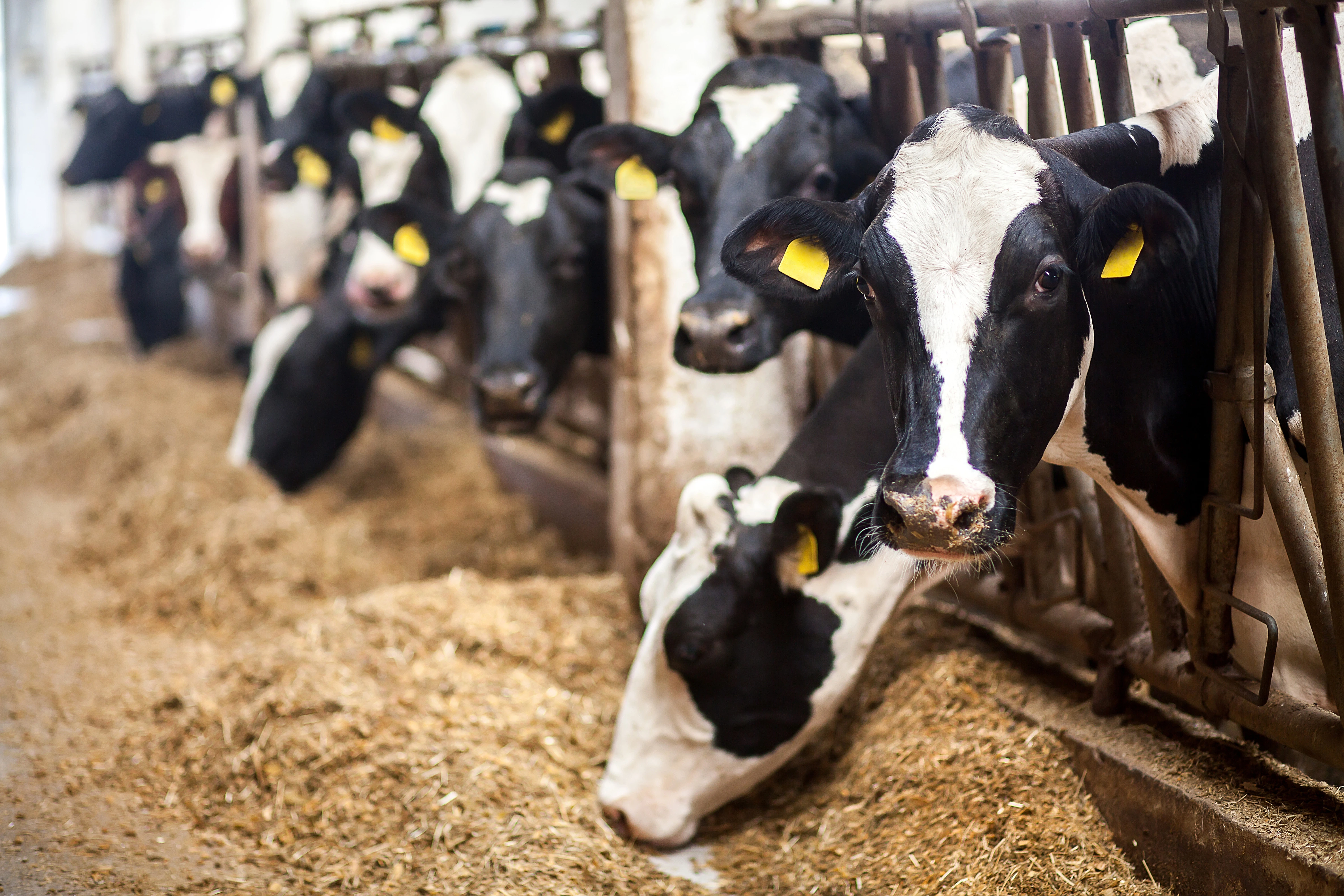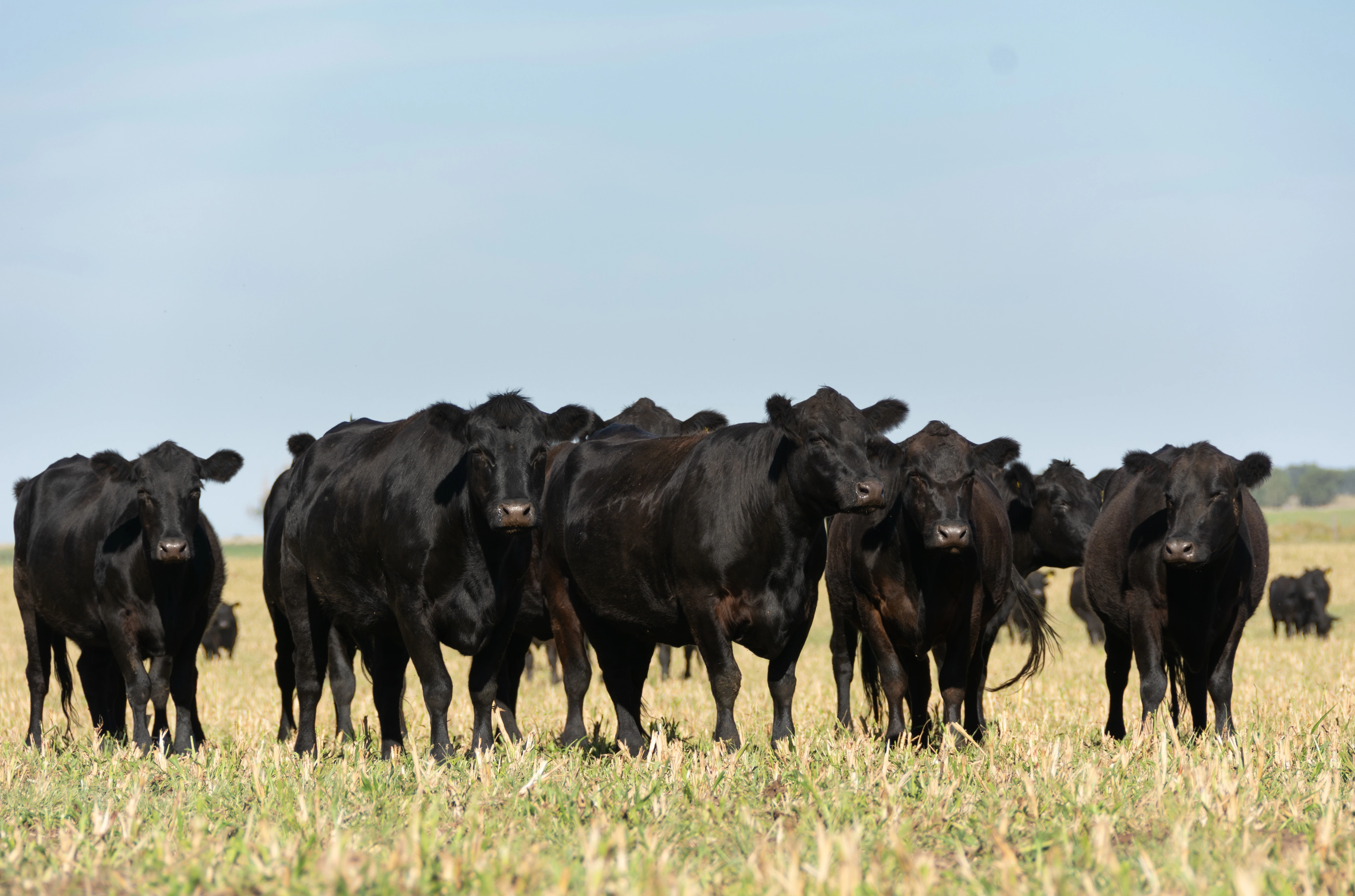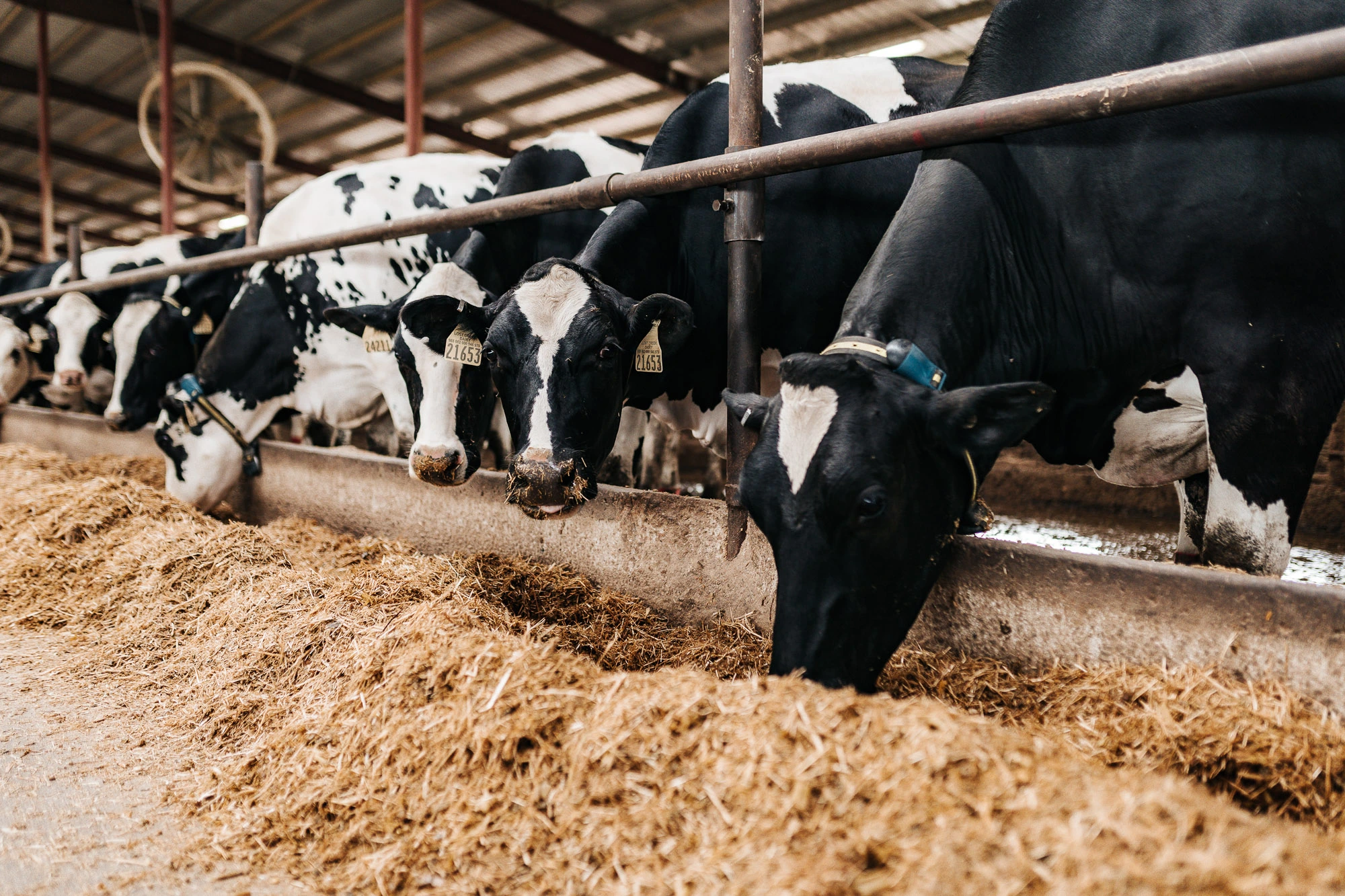
By Dr. Greg Goodell, DVM, The Dairy Authority, LLC
Johne’s disease. When it comes to dairy diseases, it’s an oldie but not a goody.
Researchers have known about Johne’s disease for more than 100 years. But it wasn’t until the 1980s that it became recognized as a serious threat to the U.S. dairy industry. While some strides have been made to control it, we still have a lot of work to do.
Most cattle infected with Johne’s don’t die from it. It is a largely silent disease that may not induce clinical signs for years. But USDA estimates indicate anywhere from 20-60% of all U.S. dairy herds have Johne’s-positive animals. The larger the herd, the more likely it is to be infected.
Johne’s disease is caused by a slow-growing bacterium that infects the intestines of ruminants. Over time, it causes inflammation and thickening of the intestinal walls, which interferes with digestion and nutrient absorption. In essence, affected animals suffer from malnutrition, which eventually becomes clinically evident with signs like:
- Weight loss
- Chronic diarrhea, which may be watery and contain mucus and/or undigested feed particles
- Rough hair coat
- Weak, sickly appearance
- Decreased milk production by at least 10-20%
- Poor reproductive performance; and
- Impaired immunity with greater susceptibility to other disease challenges.
Before any of these signs appear, the infection can be passed to other animals in the herd. As a “vertical” disease, Johne’s is spread from dam to calf, starting in utero, and then via colostrum, milk, and manure. But more recently, it also has been proven that young, infected animals can spread the disease to herd mates, most likely via manure.
The USDA’s National Johne’s Disease Program offers management guidelines to prevent the spread of Johne’s disease in dairy herds. Protecting newborn calves is foundational. Calving spaces should be clean, dry, and as manure-free as possible. While infected animals shed the bacteria in their manure intermittently, shedding is more likely to happen during periods of stress like calving, exposing vulnerable calves to heavy loads of the bacteria.
That’s why calves also should be removed from the calving area as quickly as possible, and fed colostrum from either confirmed Johne’s-free dams, or a high-quality colostrum replacer.
After that, it’s best to feed milk replacer or pasteurized whole milk.
Working a herd through a Johne’s problem also requires a dedicated commitment to testing protocols, for which multiple options are available from The Dairy Authority laboratory services. Possible approaches include:
- Bulk tank surveillance – One of the most proactive and cost-effective means of managing Johne’s disease is to test regular bulk tank samples to check for the presence of Johne’s-causing bacteria. This can be accomplished using PCR or ELISA lab tests. An increase in levels of the bacteria detected – whether sudden or gradual – can prompt testing of suspect animals, as well as improved biosecurity measures like manure management and quarantining new animals until they clear testing.
- Fecal culture – Culturing the manure of individual animals is considered the “gold standard” of Johne’s diagnosis. It is highly accurate in diagnosing the disease and identifying animals that should be culled or identified as “do not breed” to facilitate their eventual exit from the herd.
- PCR – Feces, blood, milk, or tissue samples can all so be used to identify Johne’s disease in individual animals using PCR. The results of PCR are faster and less costly to obtain than fecal culture, but the results may not be as accurate. PCR also may identify infected animals earlier in the disease course.
- ELISA – Blood serum samples can be evaluated with this technology to detect antibodies produced by the animal’s immune system in response to a Johne’s infection. ELISA testing is not as accurate in detecting early stage infections, but detectable levels of the antibodies increase as the infection persists.
At The Dairy Authority, we recommend bulk-tank surveillance for all herds, regardless of their Johne’s disease history. For herds with diagnosed Johne’s disease, our practitioners can recommend a testing strategy that best fits the herd’s management systems and severity of the problem.
For example, herds have brought Johne’s disease under control by drawing blood on every cow at a set time, such as 200 days in milk, and using PCR or ELISA to assess her Johne’s status. Severely infected cows may be culled, while others with lower-level infections may have their colostrum diverted. Herd-specific protocols are developed to chart the appropriate course of action.
New developments may also be on the horizon to control Johne’s disease. To date, vaccine protection against Johne’s disease has been largely unsuccessful, but researchers continue to pursue vaccine solutions.
A recent article in the Journal of Dairy Science also pointed to a missing piece in Johne’s control – the testing of young stock. This subset of dairy animals has largely been disregarded because it was believed disease progression was not advanced enough to reliably detect infected animals. But new laboratory capabilities may soon make it possible to detect infected animals much earlier in life, and either cull or isolate them to proactively curb the disease’s spread.
Controlling Johne’s disease is definitely a long game with no quick solutions. But there are current – and likely future – options to keep it in check and minimize its devastation on dairy herds.








